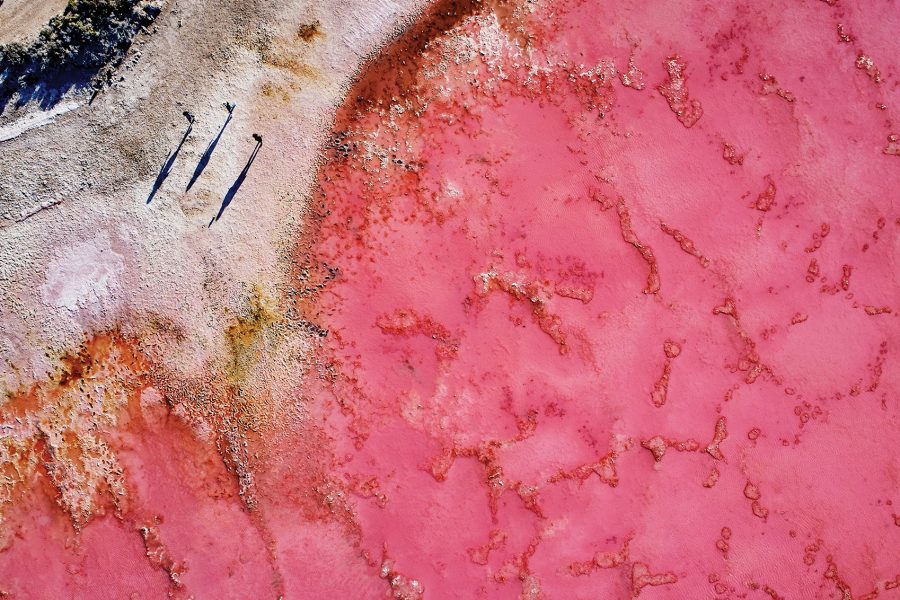About two hours north of Perth, hundreds of limestone spikes protrude from the sand, like a miniature version of the city’s skyline. While Western Australia’s (WA) capital is modern and manmade, these rock formations, called the Pinnacles, are a 25,000-year-old product of Mother Nature. She cloaked the world in beauty but was especially inventive here along WA’s Coral Coast.


Even in a giant country famed for unearthly terrain, this 1,100km-long stretch of WA has few peers. Discover it by hiring a car in Perth and driving along the Coral Coast Highway, which begins near the Pinnacles. You’ll encounter a Barbie-pink lake, a giant sand cave, WA’s equivalent of the Grand Canyon, a field of 3.5 billion-year-old living fossils, a crystalline bay brimming with dolphins, and a coral reef covering an area larger than Hong Kong. In fact, Western Australia is so massive that Hong Kong could fit inside it 2,300 times. Yet it’s home to only 2.9 million people, about 80 per cent of whom reside in the capital. No wonder most of it is untamed.
Before starting your road trip, visit Perth’s huge WA Museum Boola Bardip , which helps to unravel some of the lore of the Australian Aboriginals, who have inhabited this area for more than 50,000 years. These ancient communities believe the Coral Coast’s dramatic topography was shaped by supernatural ancestors. Such Indigenous mythology is deeply intertwined with natural features like the Pinnacles, within Nambung National Park. Science states that erosion created this vast field of limestone pillars, up to 5m tall, through which you can freely wander. Local lore, however, describes them as the limbs of men buried in punishment for straying onto land reserved for women.
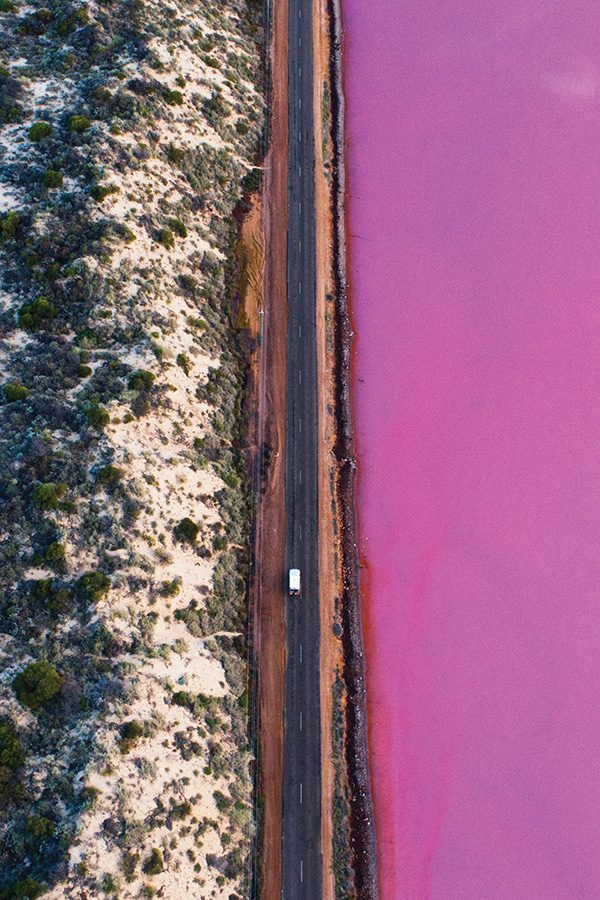
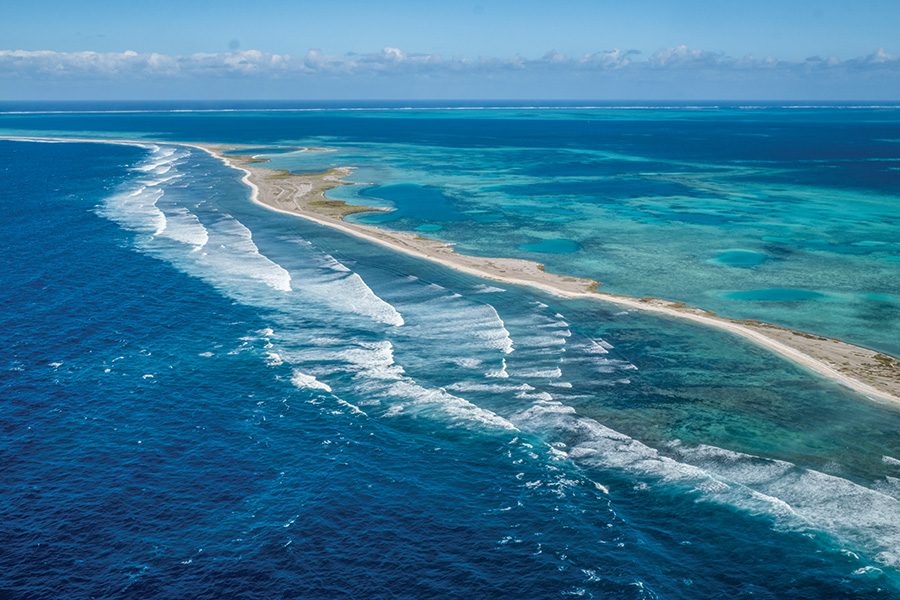
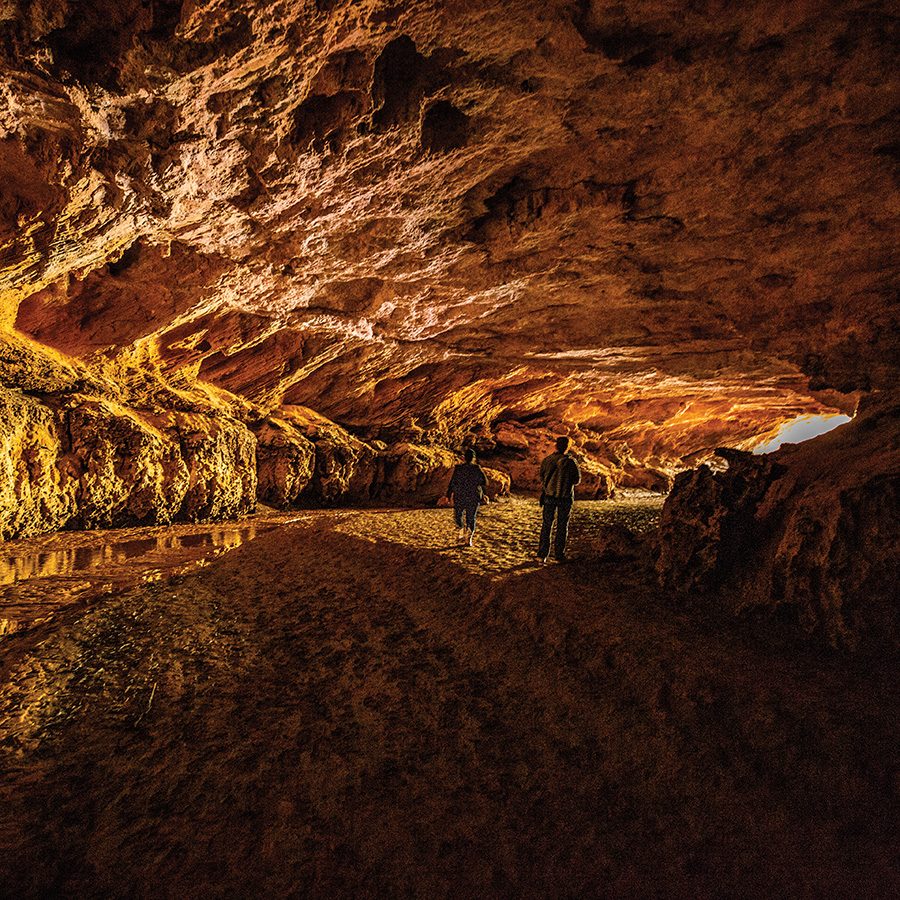
Credit: Greg Conlon/Getty Images
Mystical beings are also held to have created the next stop on the Coral Coast: Stockyard Gully National Park . Here, those spirits carved a network of limestone caves, the largest of which is 300m long with a sandy base. Visitors can explore the depths of this cavern, which is even more spectacular when decorated with blossoms between July and October. That’s wildflower season in WA, which boasts a phenomenal 12,000 species. Many hundreds of them grow in the Coral Coast, particularly in the serene Chapman River Regional Park, on the outskirts of Geraldton – by far the largest town in this region.
Geraldton is the place to get a fix of urban delights before delving back into the Coral Coast wilderness. A town of about 40,000 people, it is swollen with restaurants, cafés and bars. Many line its seafront, including Skeetas Restaurant : fill up here on fresh seafood like Australian oysters and Shark Bay whiting, while overlooking the bobbing boats of Geraldton Marina.
Next door to Skeetas is an impressive cultural facility with an eerie focus. The highlight of the Geraldton Museum is its exhibit on the Batavia, Australia’s most extraordinary shipwreck. Via images and artefacts, you’ll learn how in 1629 this vessel was loaded with more than 300 people and rich treasure when it sank 85km west of Geraldton, resulting in a mutiny which saw more than 100 of the survivors massacred.
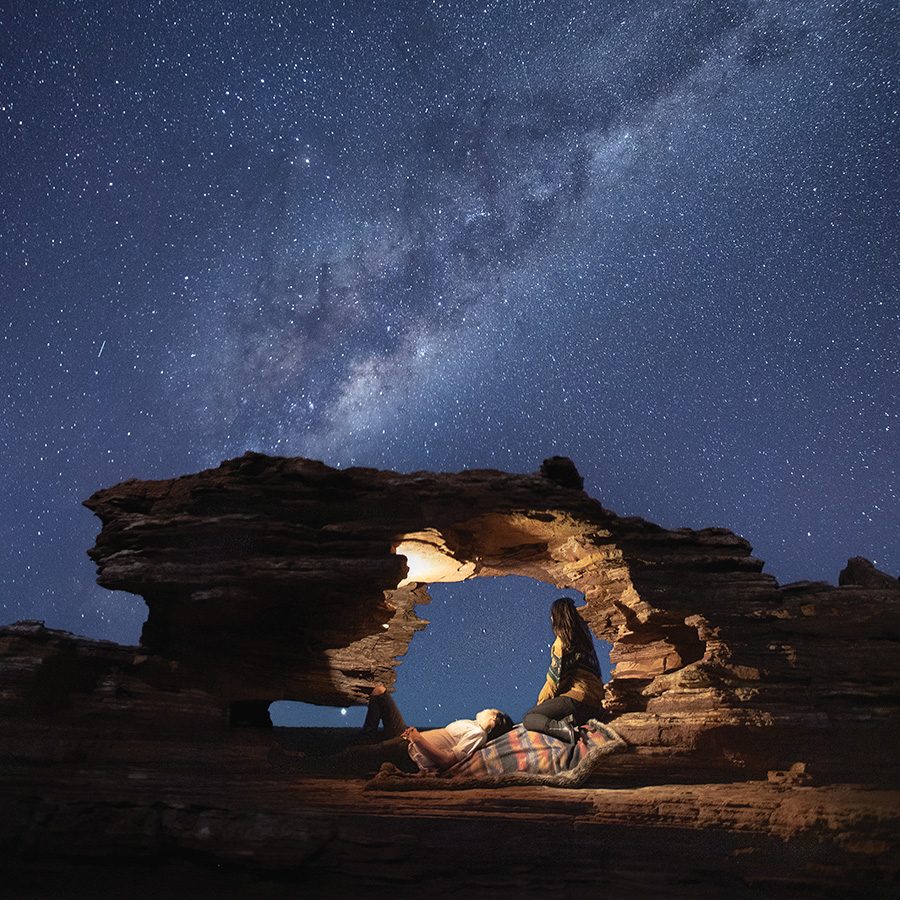

To delve deeper into this tale, boats offer diving or snorkelling trips to the shipwreck. It’s not such a good idea, however, to descend into Hutt Lagoon , about 100km north of Geraldton. On social media, it looks fake and, in person, it’s even more mystifying to gaze at the pink water of this lake. Its startling hue is due to its extreme salinity, which makes it unsuitable for swimming but perfect for an unusual souvenir snap.
Equally photogenic is Kalbarri National Park , a further hour north. WA’s equivalent of the Grand Canyon is best viewed from this park’s glass-bottomed Sky Walk, where you’ll float 100m above a series of colossal gorges said to have been created by a giant snake. Kalbarri itself is a quaint town, where guests at the neat Kalbarri Edge Resort can swim either in its pool, in the nearby Murchison River or at the sublime Back Beach.

This aqueous theme persists in Shark Bay at the fascinating Hamelin Pool, a bit over 200km north of Kalbarri. While traversing a 200m-long boardwalk, peer down at thousands of stromatolites, some of the world’s oldest living fossils, which exist in only one other location on Earth. Unesco listed this rare attraction as a key reason it selected Shark Bay to be a World Heritage Site. But it’s far from the only one. Wallabies, bandicoots and bettongs roam the red-earth mainland, while dugongs, manta rays, loggerhead turtles and humpback whales cruise its translucent waters.
Guests at the oceanfront Heritage Resort Shark Bay , which has a bar, restaurant and swimming pool, need to drive only 20 minutes to greet this region’s most famous residents. Each morning, park rangers feed dozens of bottlenose dolphins in the shallows of Monkey Mia beach, as you watch in wonder from just metres away.
Similar awe is prompted by Ningaloo Reef , the next key stop north along the Coral Coast. Were it not for the pull of Queensland’s Great Barrier Reef, Ningaloo would be world-famous. This Unesco World Heritage Site is among the largest coral reefs on Earth, spanning an area of more than 300km and laden with exotic marine flora and fauna. Sections of it are just 500m from the shoreline, offering easy access for swimming, snorkelling and diving. Ningaloo boat tours depart regularly from the tiny hamlet of Coral Bay or the larger town of Exmouth, about 90 minutes away.
After absorbing 1,100km worth of beauty, bookend your sojourn by unwinding in the most Aussie of manners: by sipping a locally brewed Matso’s Mango beer on the terrace of Mantaray’s Bar in Exmouth , overlooking – what else? – yet another sublime beach here on the Coral Coast.
More inspiration
Perth travel information
- China – the Chinese Mainland, Hong Kong SAR, Macao SAR and Taiwan Region
- Hong Kong SAR - English
- Chinese Mainland (China) - English
- Taiwan, China - English
- 香港特別行政區 - 繁體中文
- 中国內地 - 简体中文
- 中國台灣 - 繁體中文
- Africa
- South Africa - English
- Asia
- Bangladesh - English
- Korea - English
- Singapore - English
- Cambodia - English
- 한국 - 한국어
- Sri Lanka - English
- India - English
- Malaysia - English
- Thailand - English
- Indonesia - English
- Maldives - English
- ประเทศไทย - ภาษาไทย
- Indonesia - Bahasa Indonesia
- Myanmar - English
- Vietnam - English
- Japan - English
- Nepal - English
- Việt Nam - tiếng Việt
- 日本 - 日本語
- Philippines - English
- Australasia
- Australia - English
- New Zealand - English
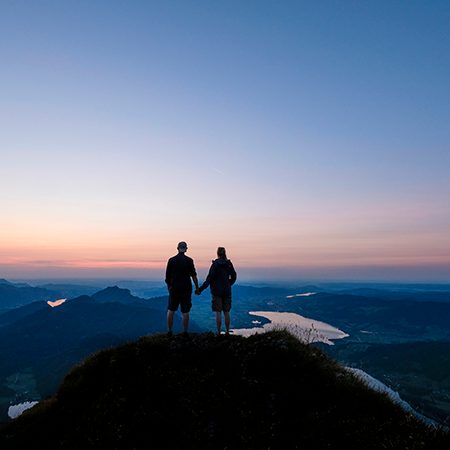




.renditionimage.450.450.jpg)


